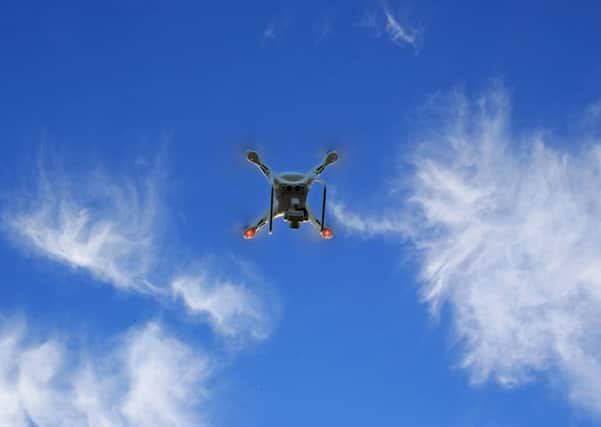Rising use of drones increases risks of needless stress on animals


Incidents of seals being disturbed at protected sites, as well as drones being used to film sea bird colonies and raptors, have been reported by conservation experts and it has prompted calls for those who use the airborne devices to take steps to avoid causing unnecessary distress to species in the wild.
Drones have become increasingly popular for taking aerial photographs and for conservation work, The Partnership for Action Against Wildlife Crime (Paw) said, but a licence is often required to do so.
Advertisement
Hide AdAdvertisement
Hide AdPaw said it wanted people to be clear that the law protects the nests of wild birds from any form of damage or obstruction.
Some birds and mammals, like dolphins and whales, are protected from disturbance at any time.
PC Charlie Everitt, from the UK National Wildlife Crime Unit, said: “Breeding wild birds, dolphins, whales and seals are all protected from harassment or disturbance by law that currently imposes fines up to £5,000 or imprisonment for up to six months on those who break it.
“Irrespective of whether the offender is an egg collector, boat skipper or drone operator, the possible sentences are the same.
Advertisement
Hide AdAdvertisement
Hide Ad“It is therefore essential that drone operators understand the law, research the legal status and behaviour of any wildlife they intend to film, and obtain the necessary licences to keep on the right side of the law.”
Scottish Natural Heritage staged a drone demonstration of best practice in Perthshire this week and Andy Turner, a wildlife crime offer at the organisation, said: “Birds of prey in particular can see drones as a threat and act aggressively towards them, causing both injury to themselves and damage to the drone.”